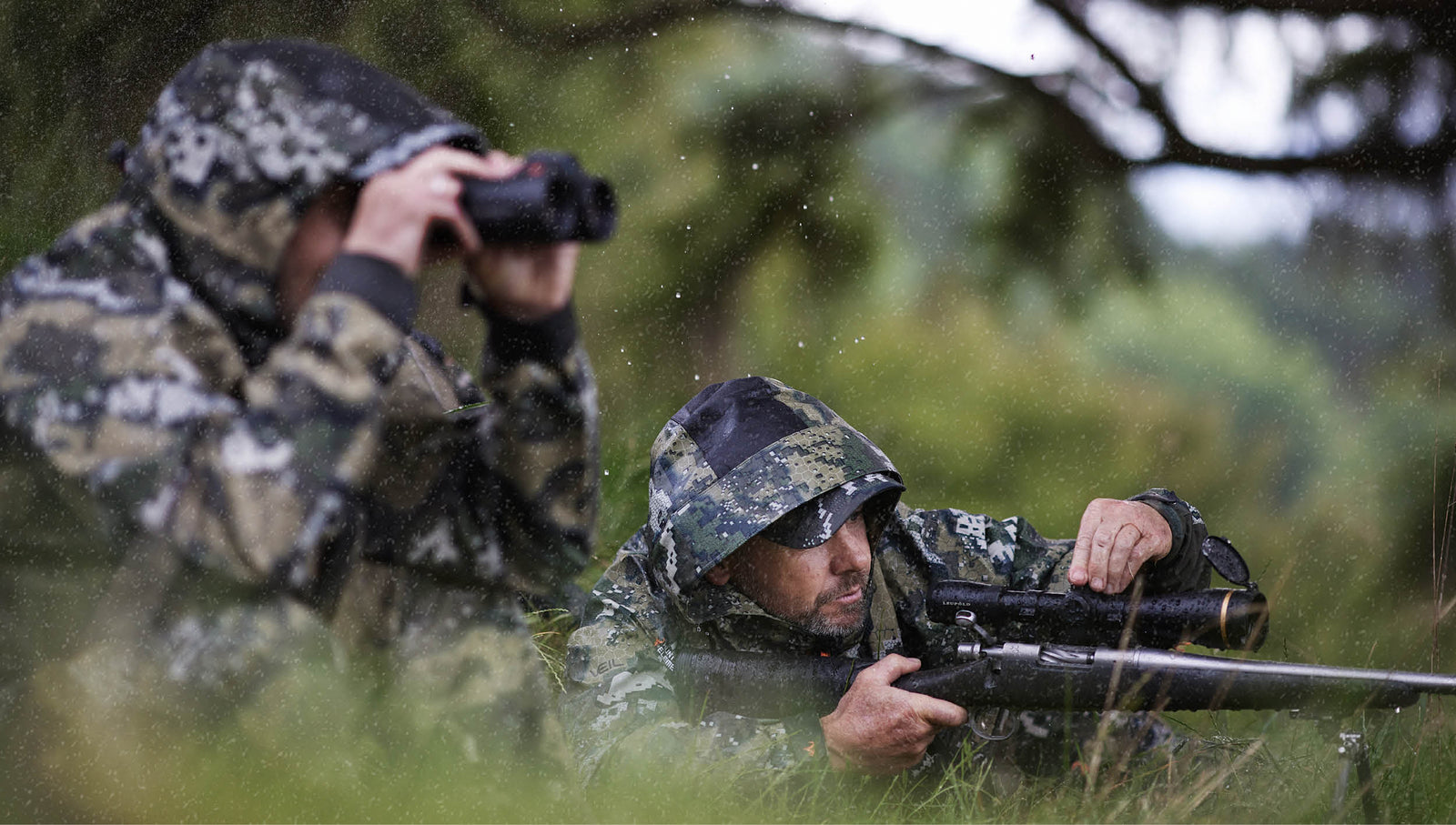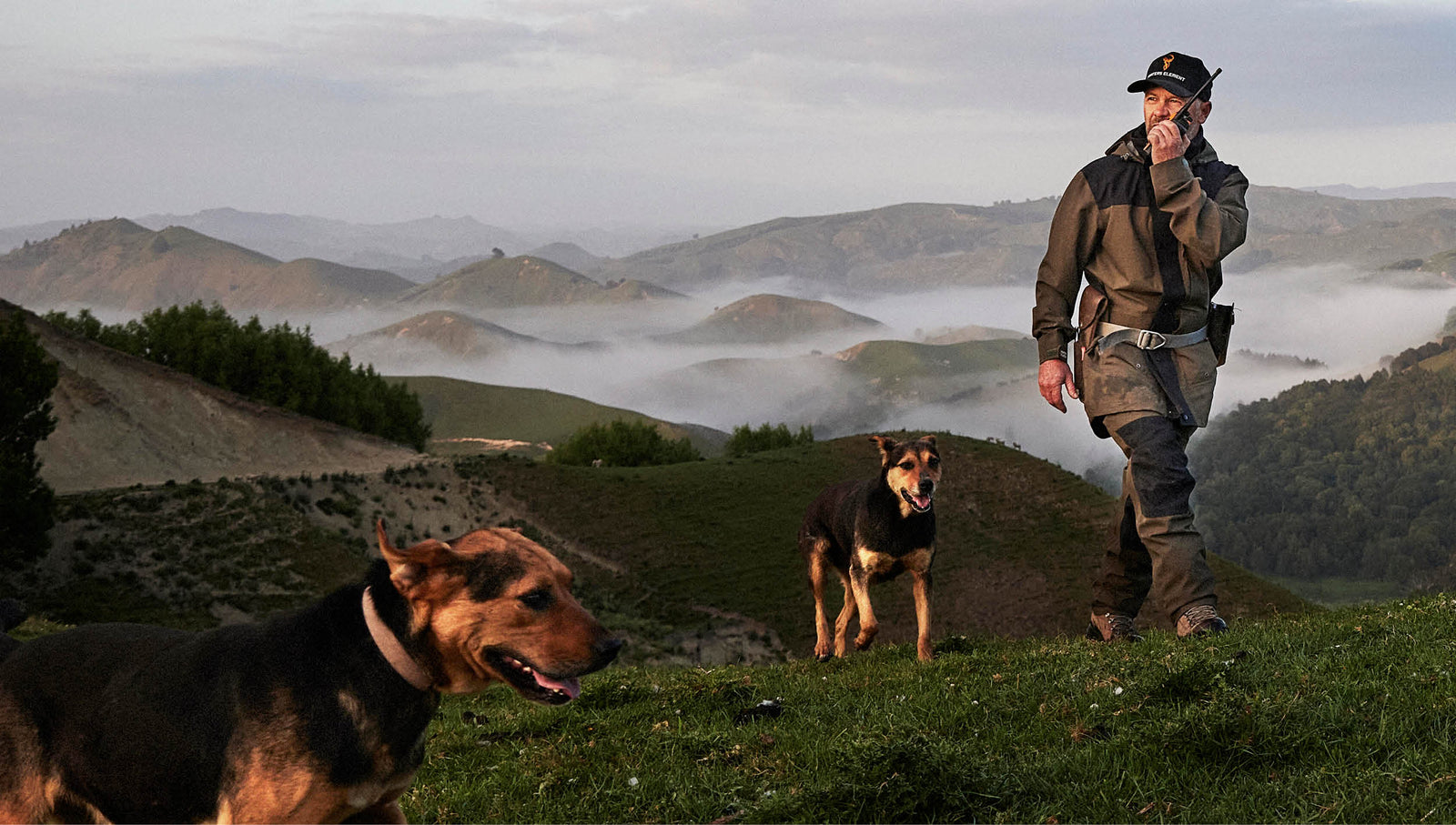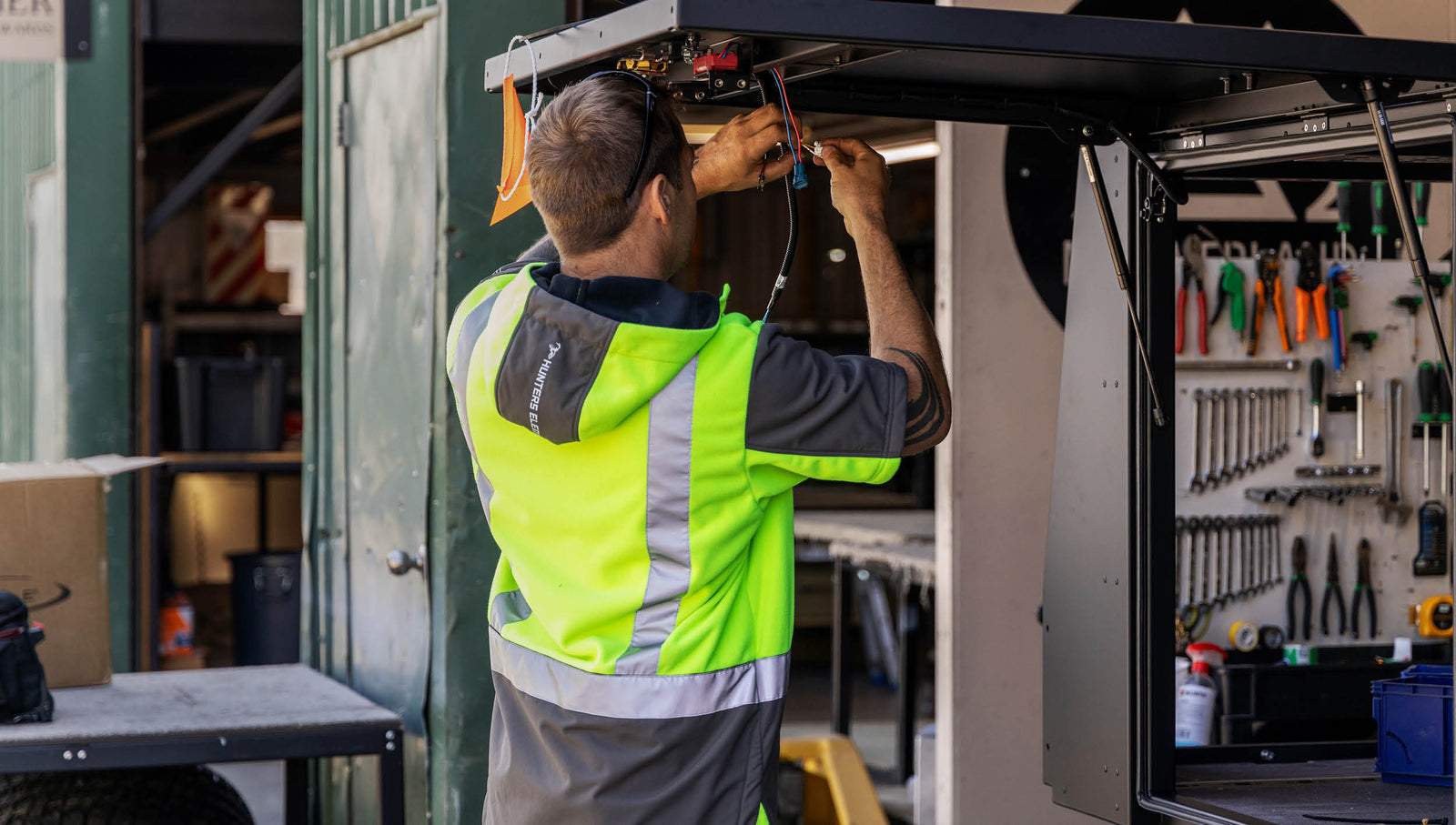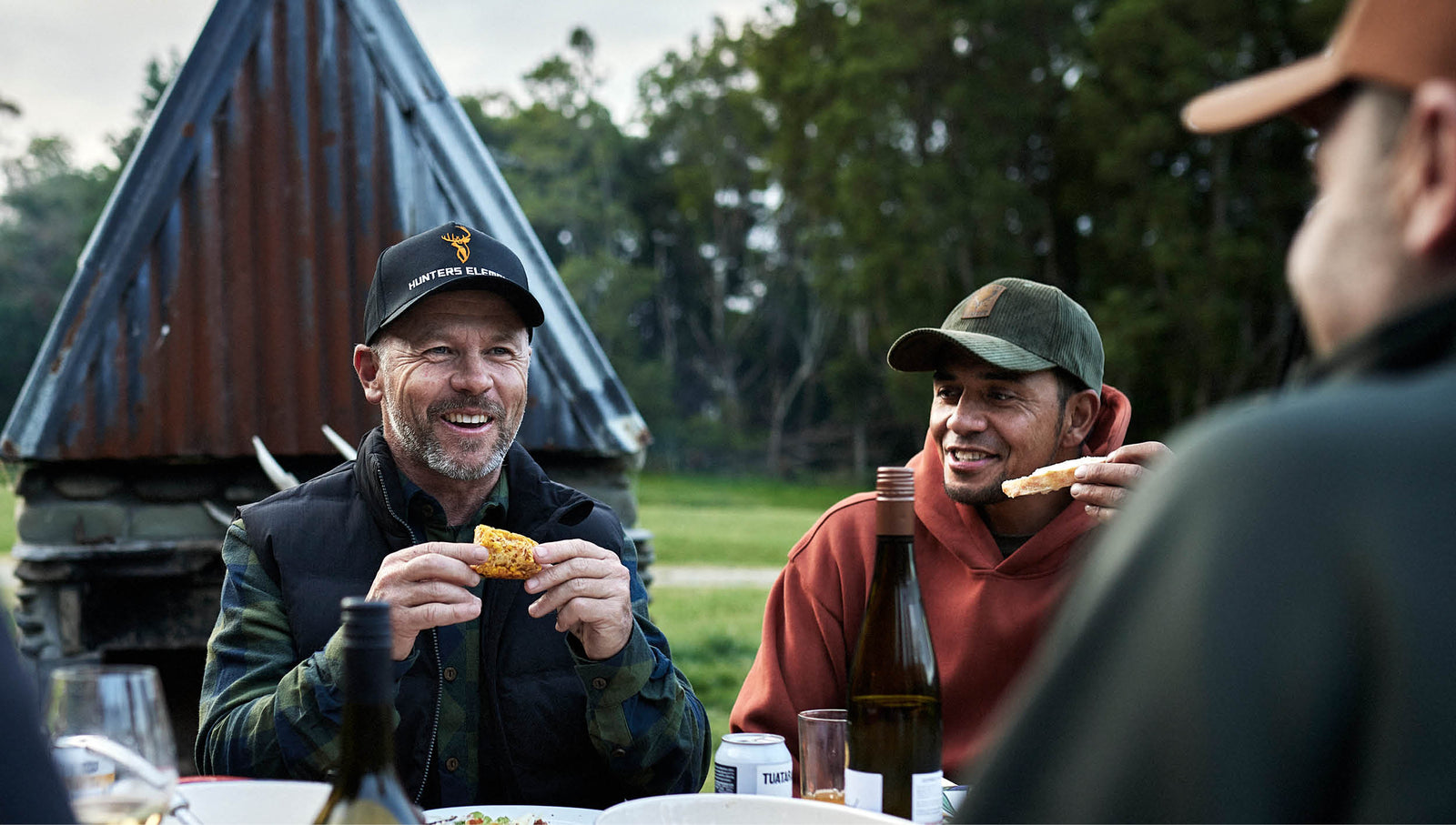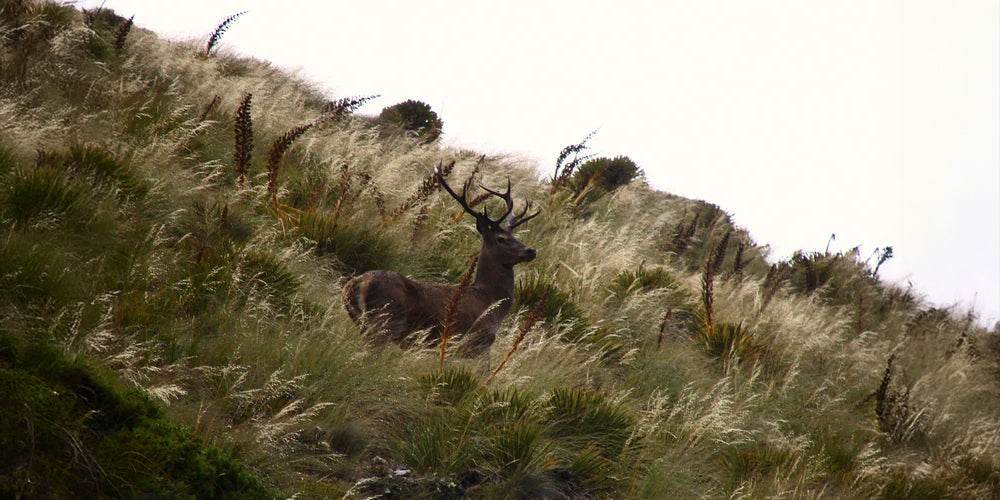Awesome summer weight hoodie, love everything about them. The only downside is they don't seem to make any non fluro versions
Great shirt for a great cause . fits well & real quality > Cheers fellars
Very comfortable boot and the grip is amazing but they do not last long at all. I’ve only worn mine for 6 small hunts and they are falling apart. They are far from water resistant as well. I love hunters element products but unfortunately I won’t be buying these boots again.
Hi Ash,
Thanks for taking the time to share your feedback. We’re really sorry to hear about your experience with the Maverick Boots, that’s definitely not the standard we aim for.
If you’d like to chat further, please reach out to our customer service team at customer_service@evolveoutdoors.com so they can help sort it out.
Cheers,
The Hunters Element Team

